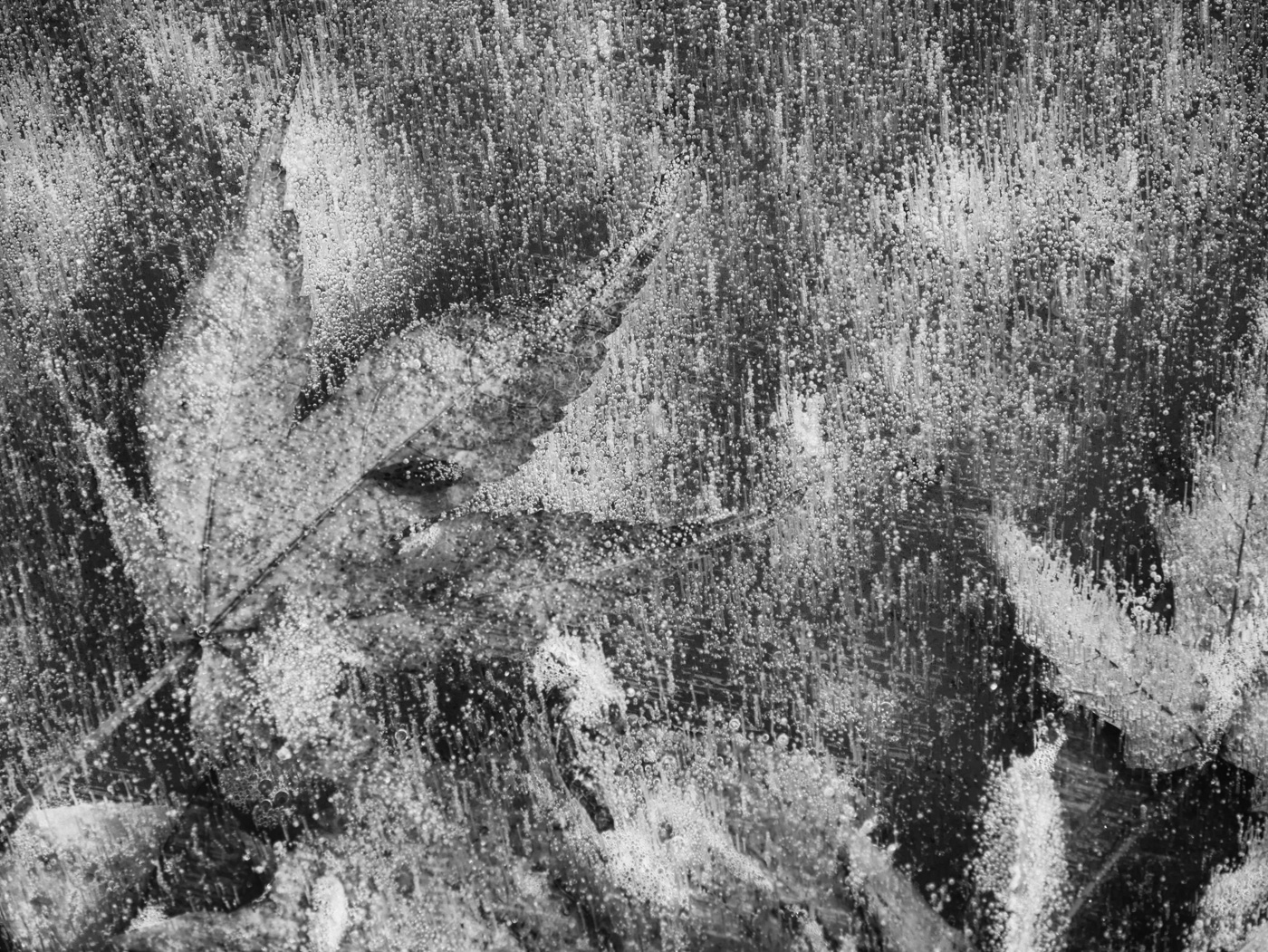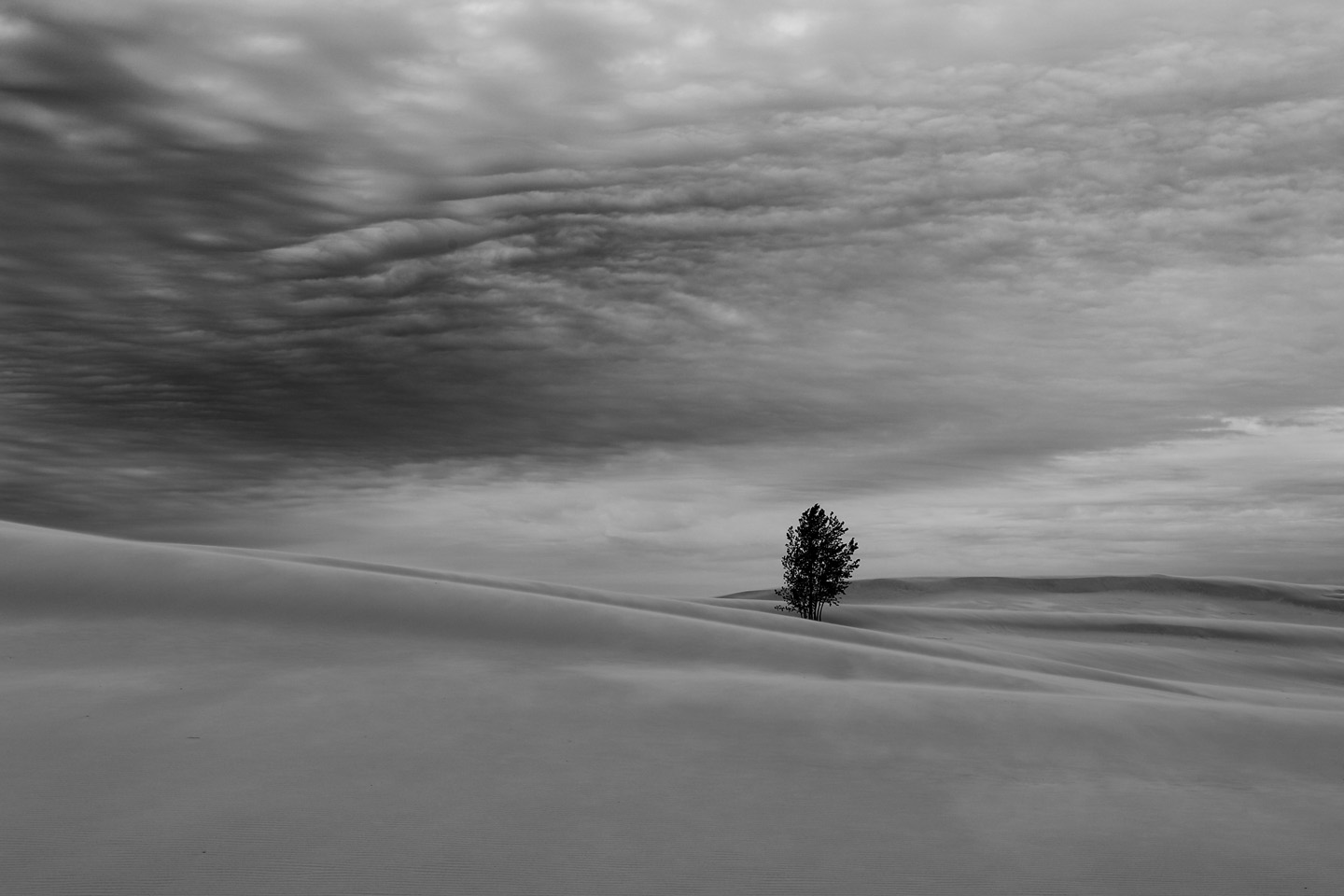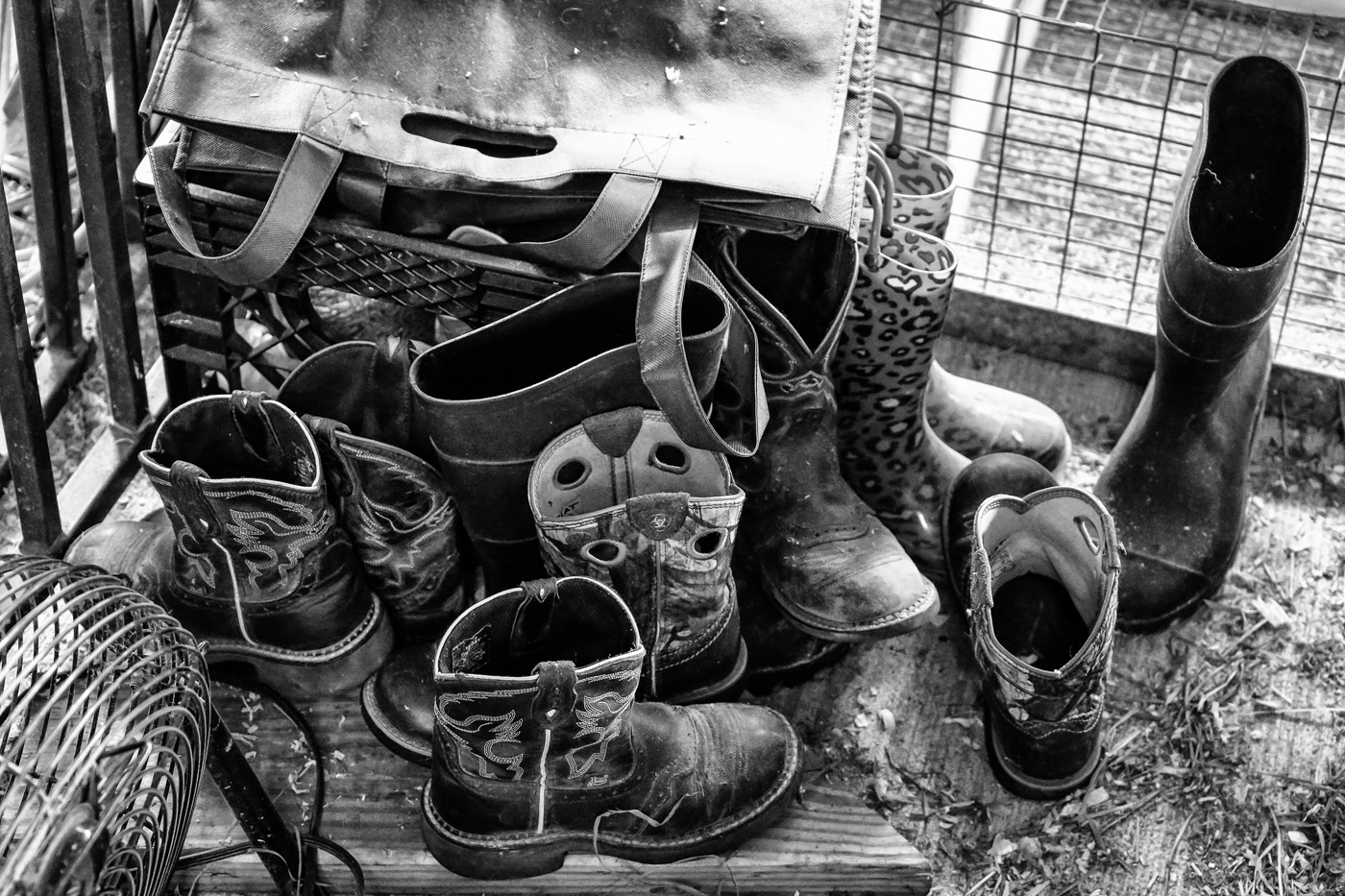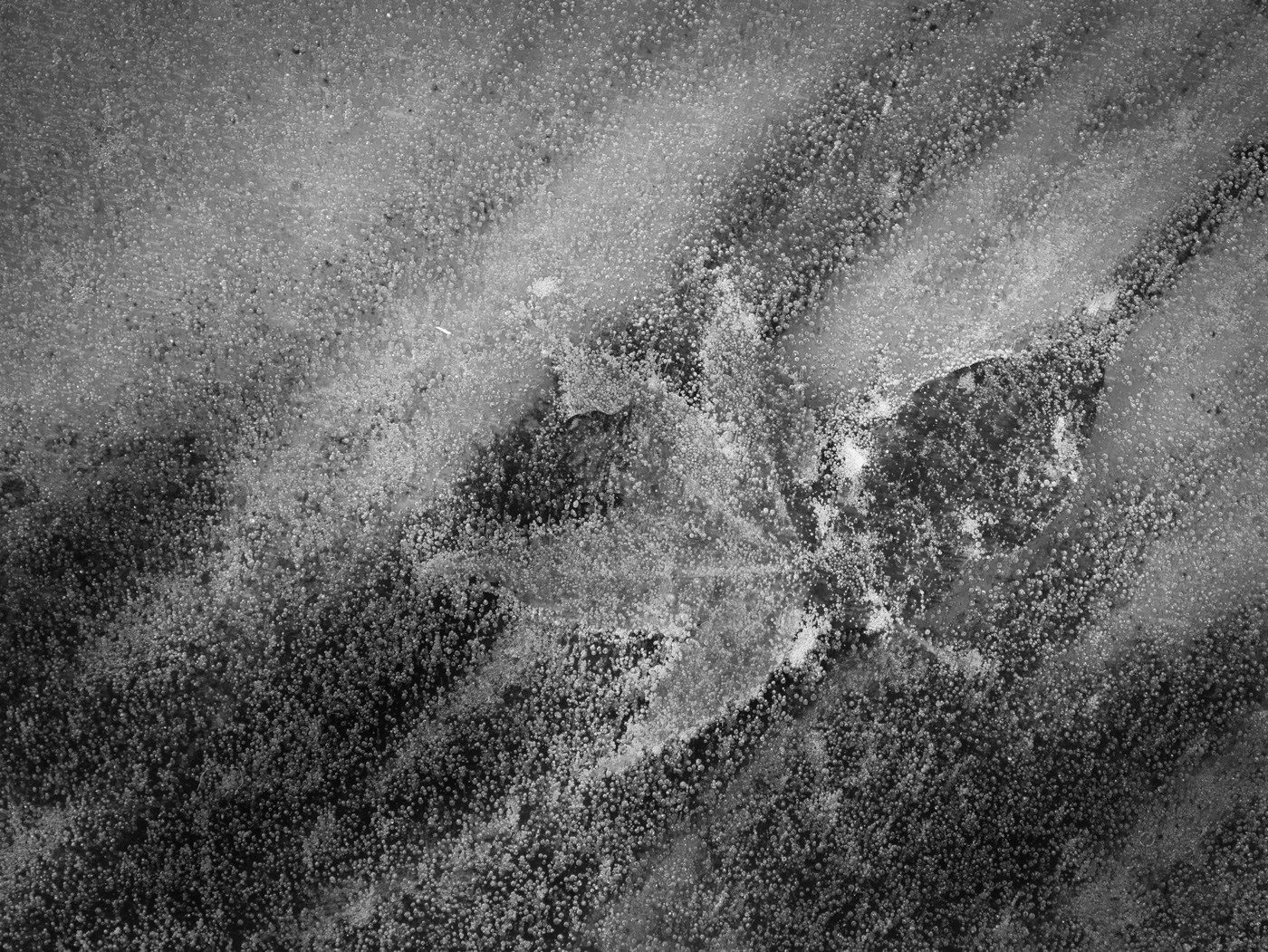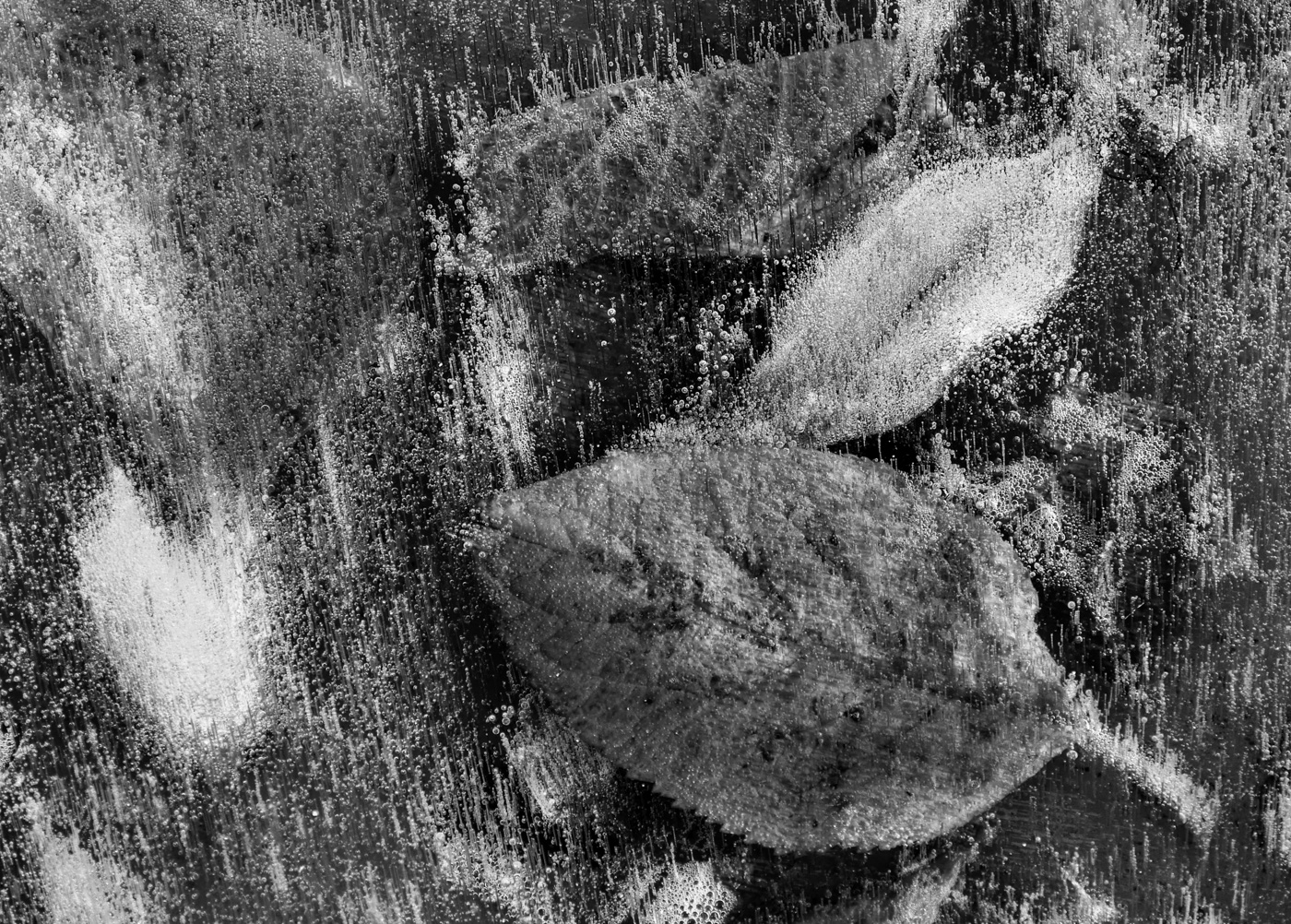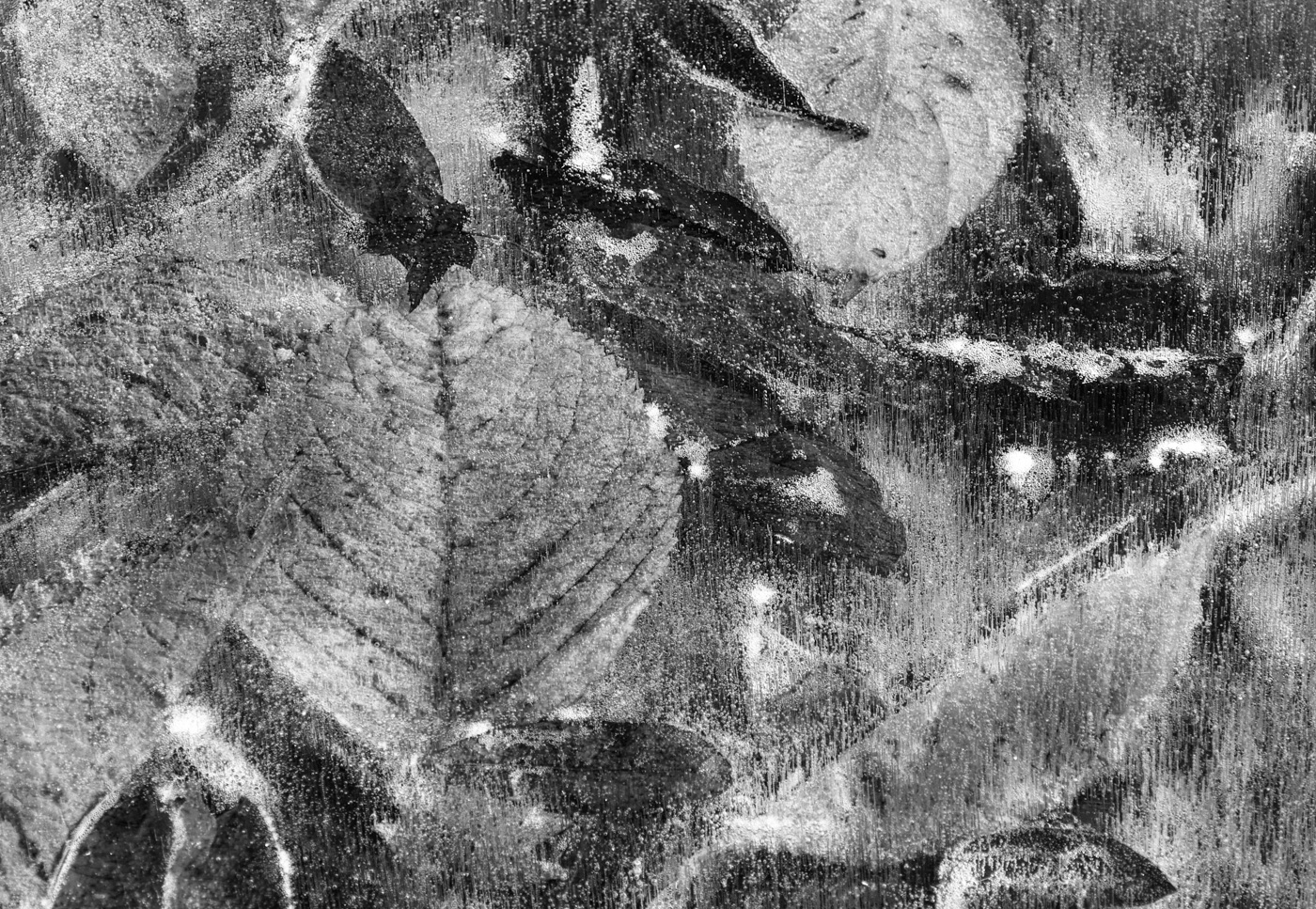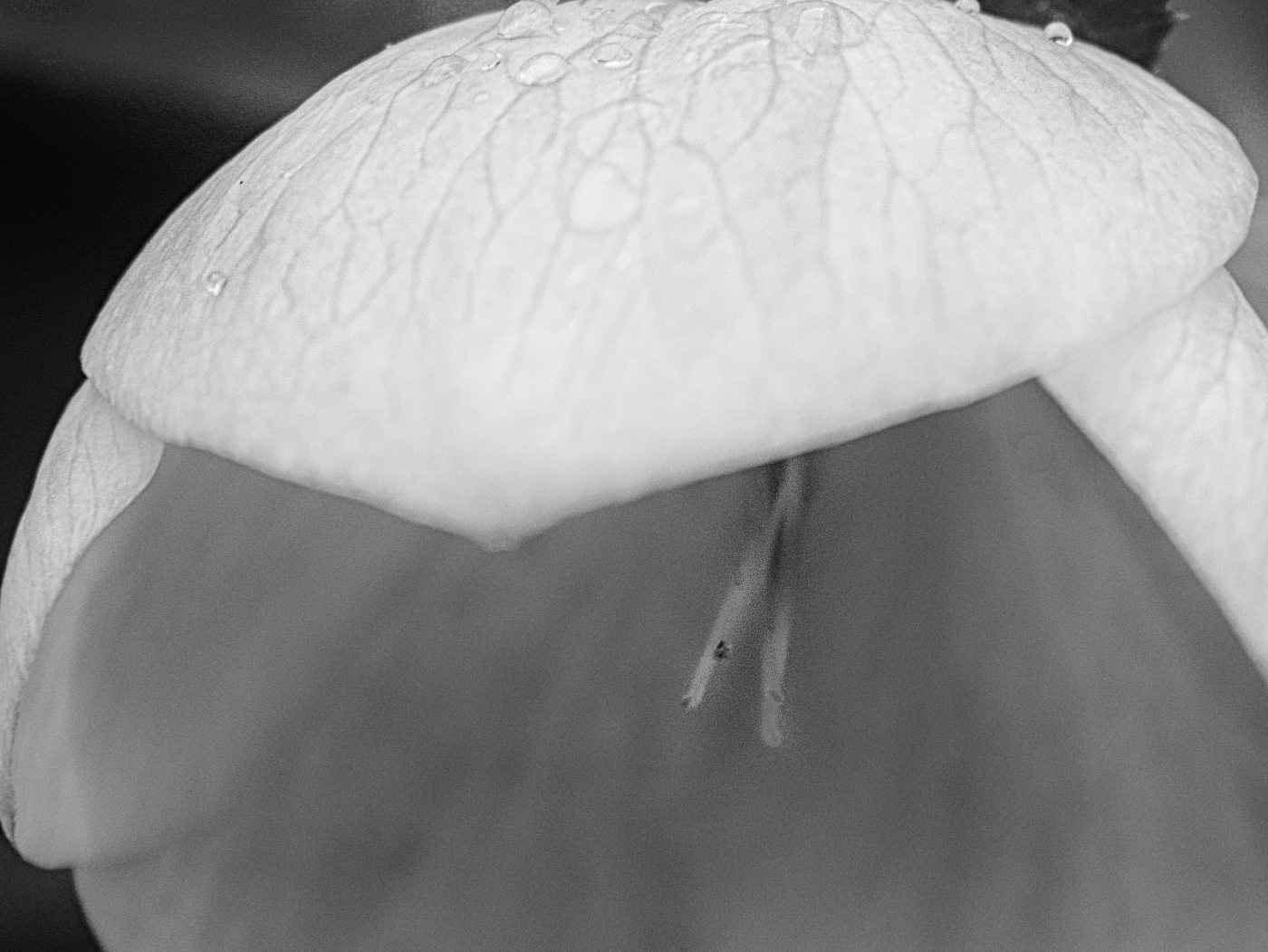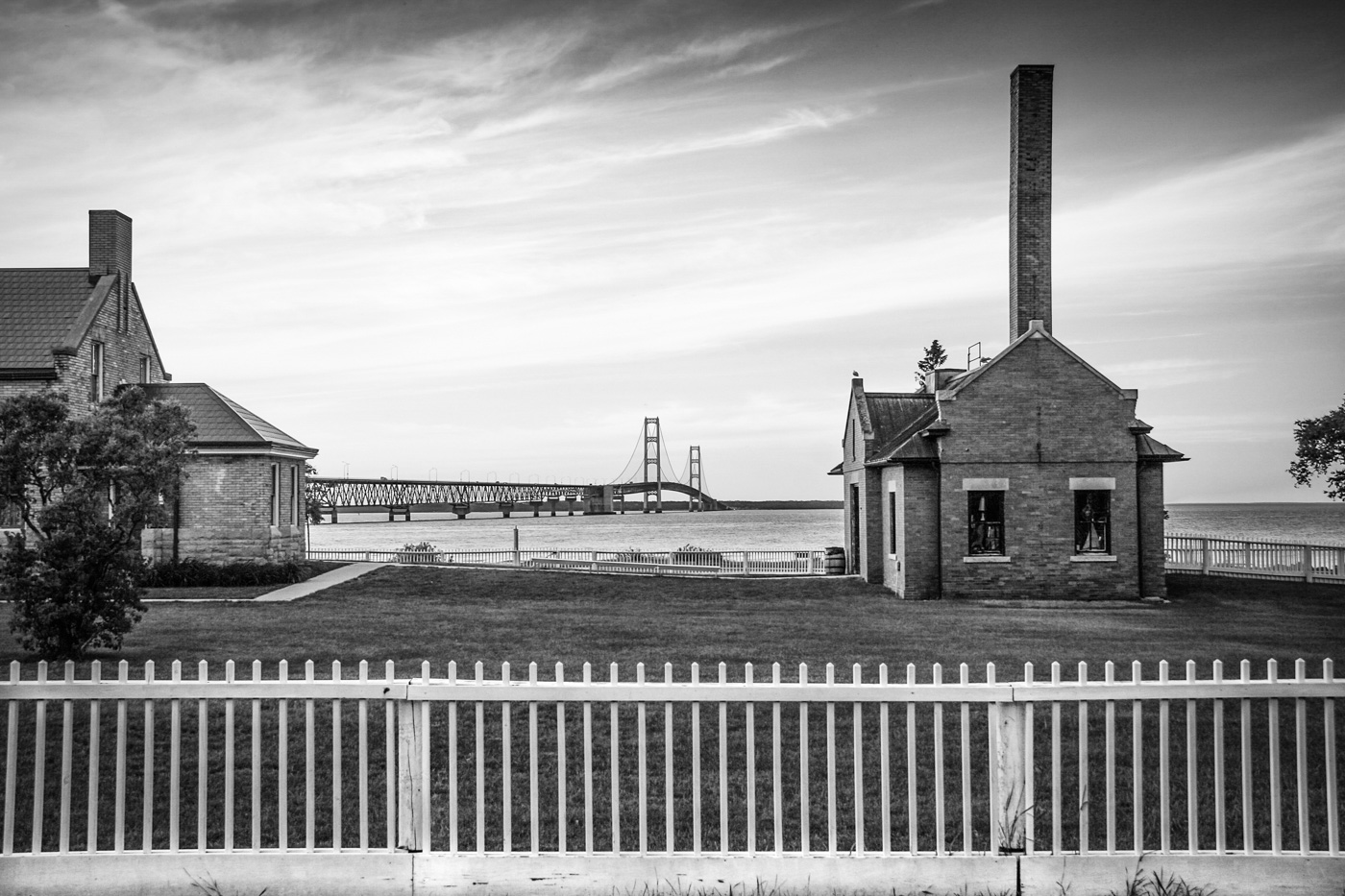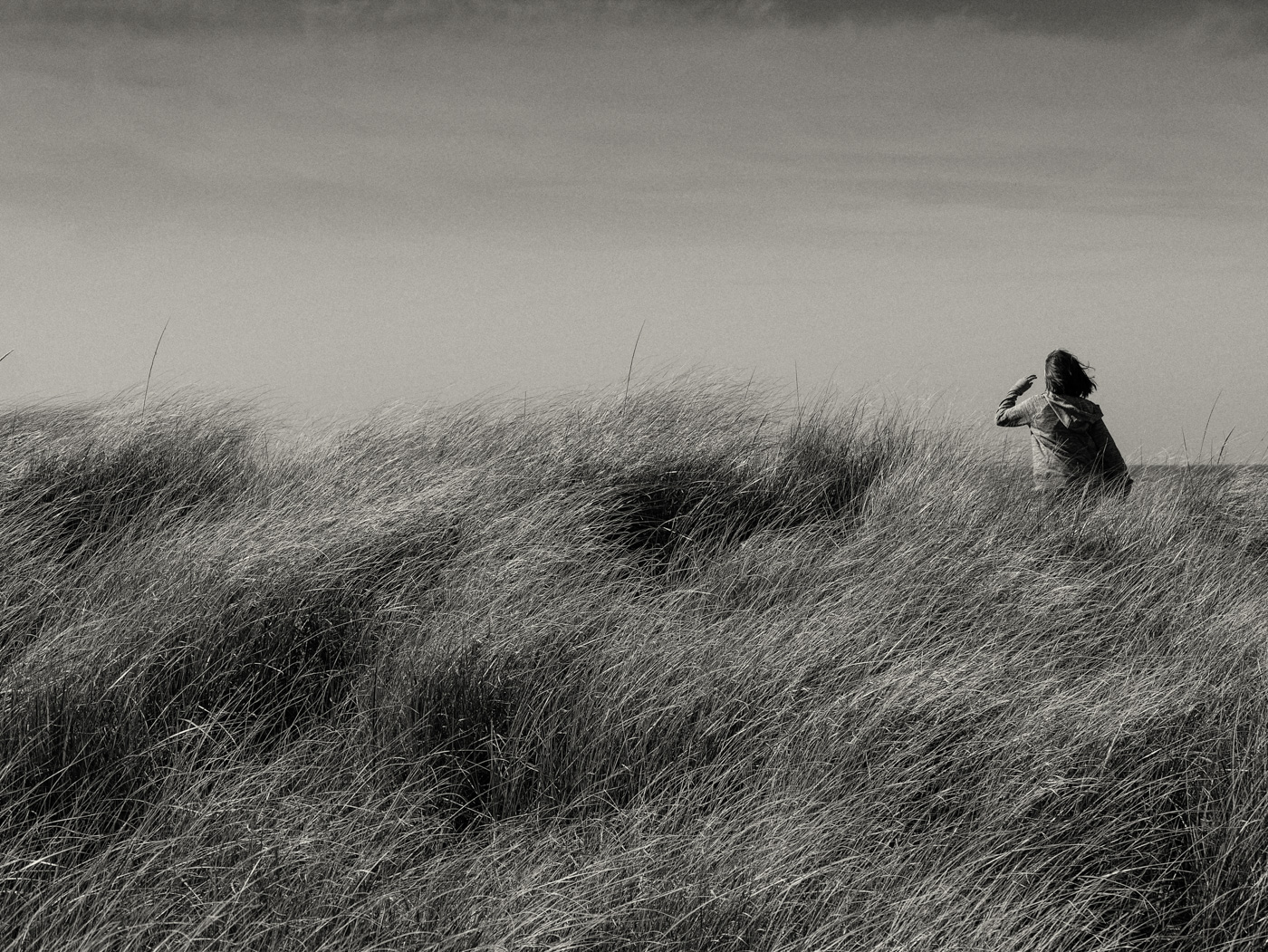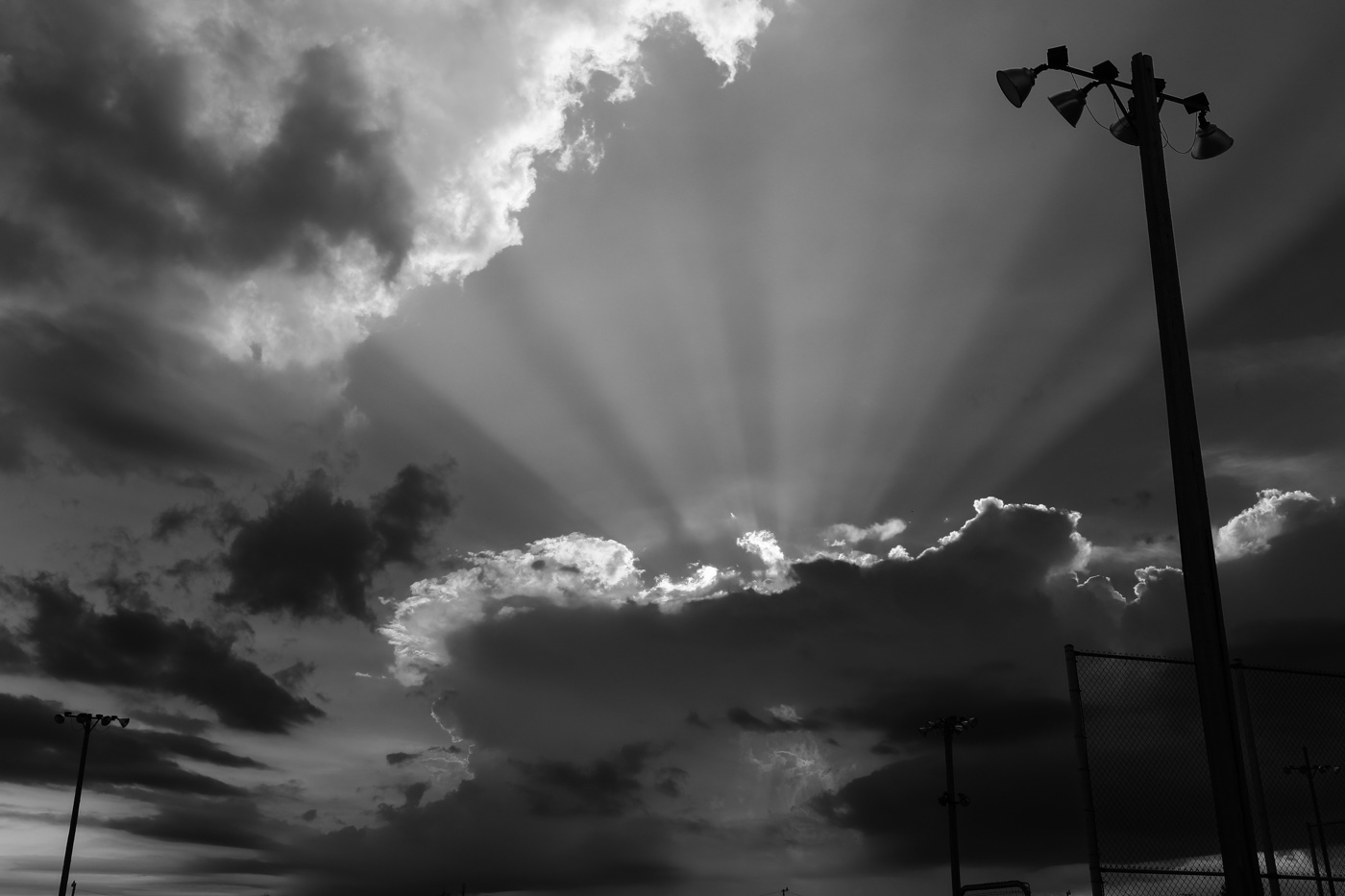James P. Barber
Not really a blog, but from time to time I will place material of interest to authors, readers and ... well ... to me. Click on the topic below to see what I have to say. Thanks!
B&W White Photography - Jan '17
So, here's the deal with black-and-white photography for me ... I am colorblind. Thank goodness that today's digital cameras can produce decent colors straight out of the camera. Every time I try to "improve" upon the colors, my wife becomes ill at the sight of the skin colors I produce. So, over the years I have come to have a real appreciation for B&W photography. With the advent of digital photography, I have finally been able to have my own darkroom right on my desktop.
I seem to be the resident family photographer, so finding time to devote to B&W photography is not the easiest thing. I document all of the family activities, but I do take some time for the occasional B&W project. Below are some I am willing to share, and I will update this as I feel there is something worth sharing. Thanks for looking!
Frozen Leaves ... from a cold January project.
Participating in Life - Mar '16
Our family has never been one to sit back and watch life go by. Marti and I jumped in with both feet with our family heading out West for our first tent camping vacation when our daughter Sarah was only three years old. All of our children have been engaged in life ever since, and now they are doing the same with their own families.
I know that we had our hectic days when our kids were young, and I know they now enjoy the same chaos in their own lives. But, I must say it is much better than sitting on the sidelines and watching life pass you by. I do wonder how we did it at times; I now wonder the same for our own children and their families.
We can participate in life in many different ways, and that is in part determined by our personalities and our interests. Participating in life is actively engaging with your own life. It is a positive choice with some personal meaning to the individual. By participating in life, we make a conscious choice to engage in something that matters to us, play at it fully and share it joyfully. And, of course, our interests can change as we grow and mature.
When we fully participate in life, we feel it to the core. We experience joy and sorrow, accomplishment and failure, and admiration and pain. Yes, participating in life we get to experience both the good and the bad, the success and the failure. All of these aspects of participating in life help us to grow strong and develop into the quality people that we are intended to be.
It is important to be immersed in life and live it fully. We have been blessed with so many gifts, and it is honoring to God to use those gifts and live in those gifts and share those gifts. It is in living fully that we can do just that.
It is very fulfilling for me personally at this point in my life to be able to remain a participant with family in so many of the activities. Marti and I are very fortunate to be able to share in the life of our grandchildren. We have been able to do everything from attend school programs to share some wonderful vacation adventures.
I see our grandchildren participating in many activities that will help make them the well-rounded individuals that they will grow up to be one day. It is nice to see them get along well as cousins when our families are together. It is refreshing to see their personalities develop. And, it is hopeful to envision how they will one day fully participate in life as adults. It is good to see our family participating and living fully with freedom, hope, optimism, determination and eagerness. With their hearts in the right place, they will do well in the years ahead.
Chasing My DNA - Oct '15
One of the hobbies in which I have invested so very much time is genealogy. This may be obvious if you took a look at my first few books. Because this is so important to me, I wanted to say a bit about genealogical DNA testing.
DNA testing has become more prevalent in researching family connections. I submitted a DNA test last year. That was the easy part. Trying to understand it is a different story. Now, these tests do not create a family tree. They cannot reveal an answer to the “who?” question. The tests can determine relatedness, but they cannot directly determine the degree of relationship.
I used the service from Family Tree DNA (www.familytreedna.com). After providing my DNA sample (yes, you swab your cheek like they do in the movies, but it takes more than just a simple swipe), I purchased three different test results: 1) mtDNA, 2) Y-DNA, and 3) autosomal DNA.
1) The mtDNA test follows the maternal line. That is, it follows my mother and her mother and her mother and so on back in time. It only follows the females. The test can be performed on a male or a female, however.
2) The Y-DNA test follows the paternal line. It looks at my father, his father, his father's father and so on. It only follows the male line, and only males can take this test. None of the Y-DNA is passed to the female.
3) The chromosomes in autosomal DNA are inherited from both parents (unlike maternal mtDNA and paternal Y-DNA). If you are going to have a DNA test done, this is the one I would recommend first. It is also less expensive than the others.
Now, to the really fun part of all of this. I received a report that defined my complete ancestry origin back tens of thousands of years. We are all related to the first humans originating in Africa. From there, ancient ancestors followed particular migration paths around the world. I think most know, for example, that the Native Americans indigenous to North America migrated over a land bridge across the Bearing Straits to Alaska and south into the Americas.
On my paternal side I fall into haplogroup (a neat word for an early population group) R-L21, which centers on Ireland, England and Scotland for the most part. Family lore has said we come from Ireland, so this test may confirm that.
But, one report defined my origins in total. I found that I am 51% European Northlands which centers on Scandinavia; 18% North Mediterranean Basin, a southwest European cluster that stretches from Spain to Greece; 15% Trans-Ural Peneplain, most often associated with Slavic and Baltic clusters; 14% European Coastal Islands, typical to the British Isles, especially Ireland; and 2% North Circumpolar that began around the Arctic hunter-gatherers and centers on Finland.
I was a bit puzzled by the 51% that centers on Scandinavia. I expected to see myself more centered on Germany. My paternal grandmother's family, as well as all of my mother's family, were German as far as I knew. Imagine my surprise to learn that my maternal origins are with a rare haplogroup known as V2c that originated about 15,000 years ago in what is now Norway, Sweden, Finland and a small part of western Russia. These are an indigenous people, and they are the only people allowed to herd reindeer in this part of the world today. They are commonly known as Laplanders, a term they consider derogatory. The actual name for them is Saami, or Sami. Early Germans likely crossed a land bridge to Denmark and mixed with the Saami, thus likely the source of my mother's German ancestry and her haplogroup.
If you have ever considered a genealogical DNA test, I strongly recommend it. Interestingly, some of my wife's DNA also comes from the European Northlands. Maybe two distant Saami people have found one another!
Self-Publishing - Oct '15
Self-publishing years ago was associated with vanity presses. Vanity presses charge desperate authors high fees to have their books printed in large volumes. There was no real editorial control, proofreading was only done for additional exorbitant fees and quality was likely to vary greatly. Authors typically ended up with a basement filled with unsold books.
Fast forward to today. Self-publishing has become more mainstream with the support of technology and the internet. Self-published authors have forums in which to meet and to discuss writing, to critique works in progress and to offer advice for prospective POD (print-on-demand) publishers. The overall interest has improved the comprehensive services available for self-published authors.
Yet, the stigma of self-publishing continues to some degree. My first two books were published with the online service of blurb.com. This POD publisher is heavily oriented towards photographic publications. At the time I published my books, I was using this publisher for a number of photo books. So, it was easiest for me to continue with them. However, because the publications are geared to photography, materials are of a higher quality (paper especially) and the costs are reflective of the quality. But, overall, it seems photographic books were generally acceptable as self-published entities.
Overtime, however, other resources developed for self-published authors of all persuasions in the POD environment. I did look closely into standard publishing houses. I found NONE who would take unsolicited manuscripts. So, how do you get into them? You hire a literary agent. Literary agents have access to the publishing houses. Their job is to review your book, tell you how bad it is, have you re-write it several times and wait for replies from submissions by the agent to the publishing houses. If an agent has done a good job of bringing good books to a publisher, that agent will have some merit to the publisher. A good agent will also cost the author more in fees.
When I looked into agents, I found it was going to cost me several thousand dollars and years of waiting for a potential to publish with a known publisher. Hmmm. So what has this done for me versus a vanity publisher? Well, I will likely get good critique and feedback about my writing, and if all goes really well, I may get published. The odds are strongly against the author, however. Additionally, if you are writing on a timely topic, waiting several years to get published kind of misses the mark.
Online forums and discussions now offer a lot of good feedback for self-published authors. Technology allows for ease of sharing and publishing. The overall world of self-publishing has greatly improved in quality. It is encouraging. And, of course, sales outlets like Amazon and others allow the author to have a wide distribution. This has all been good for the author and for the quality of books available for the reader.
How about some examples of self-published authors? Some are from quite a few years back, and some are more recent. You may be familiar with some of these, and you may be surprised that these authors were (and some continue to be) self-published. Take a look ...
What Color Is Your Parachute? by Richard Nelson Bolles (1970)
The One-Minute Manager by Ken Blanchard & Spencer Johnson (1982)
In Search of Excellence by Thomas Peters & Robert Waterman (1982)
The Wealthy Barber by David Chilton (1989)
The Celestine Prophecy by James Redfield (1993)
Still Alice by Lisa Genova (2007)
50 Shades of Grey by E.L. James (2011)
Habit Stacking by Steve Scott (2014)
These books represent quite a variety of authors, topics and writing styles. Of course it is not as easy as it sounds to self-publish a successful book. There is a lot of heavy effort after the writing to complete the work and market it. But, self-publishing is a very viable and rewarding alternative for many contemporary authors.
Copyright © 2008-2024 James P. Barber







